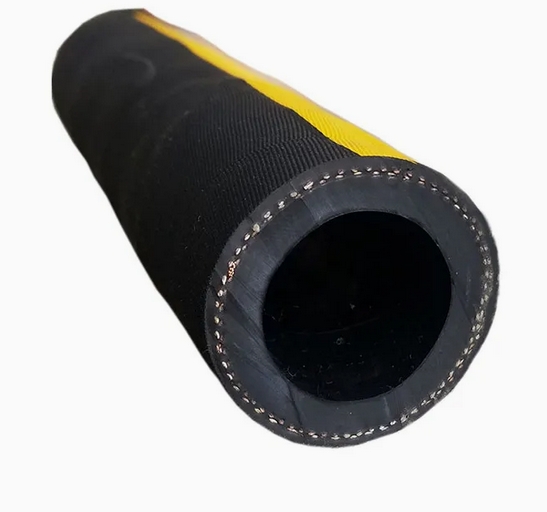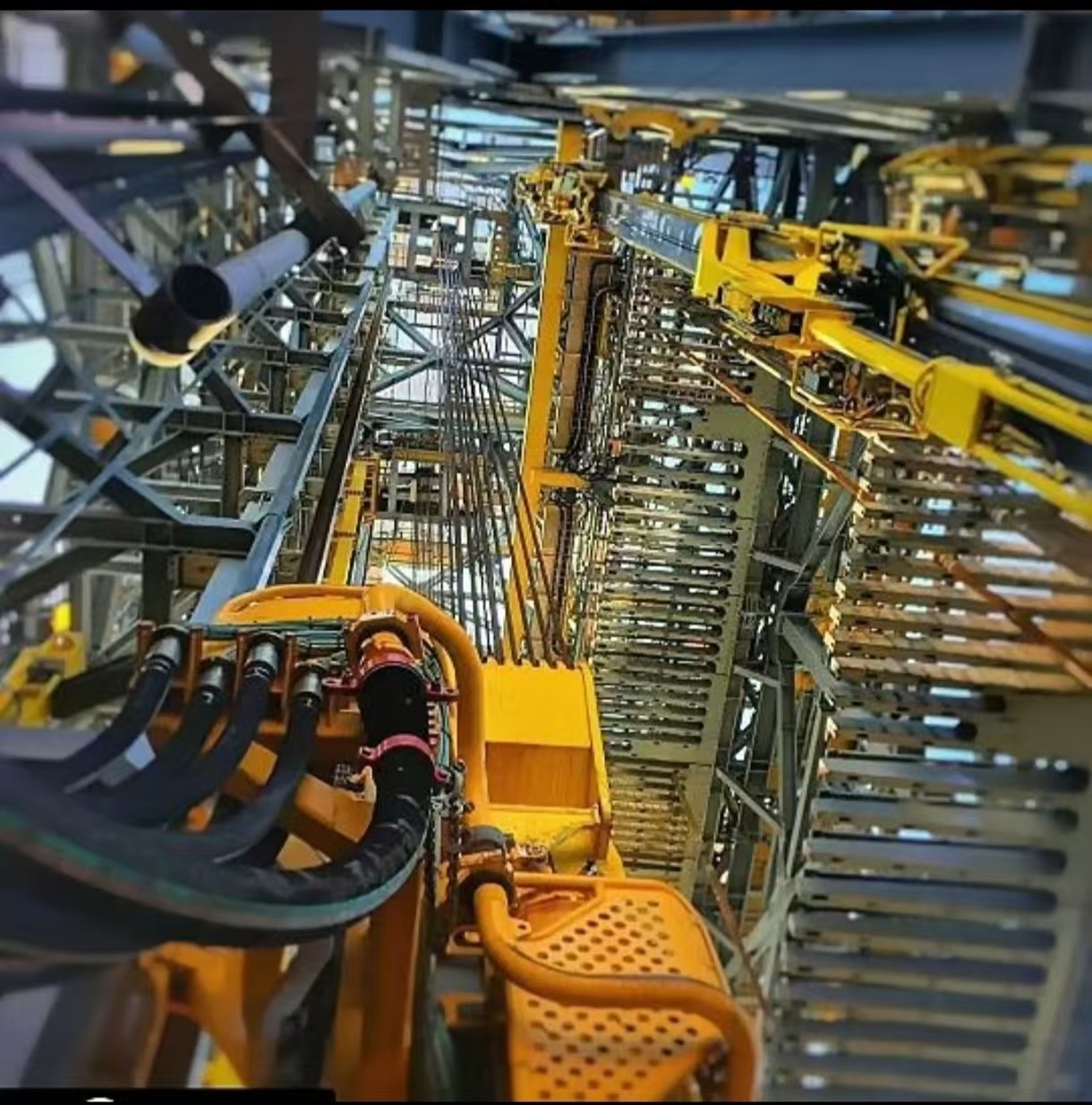Professional Sandblasting Hose Selection Guide: The Key to Improving Industrial Sandblasting Efficiency
Apr 20,2025
This article will provide you with a comprehensive analysis of the features, key points for selection, and maintenance methods of sandblasting hoses, helping you choose the most suitable product.

In the field of industrial surface treatment, sandblasting technology is widely applied in various processes such as cleaning, rust removal and polishing. As an indispensable component of the sandblasting system, the quality of the sandblasting hose directly affects the work efficiency and operational safety.
The core characteristics of sandblasting hoses
High-quality sandblast hoses need to possess the following key characteristics:
Super wear resistance: The inner lining is made of high-density rubber, which can resist the impact wear of high-speed sand particles
High-pressure resistant design: The working pressure usually reaches 10-20bar, and the burst pressure can be 3-4 times the working pressure
Excellent flexibility: It can maintain good bending performance even in low-temperature environments and is easy to operate
Anti-static treatment: Prevent static electricity accumulation to ensure operational safety
Multiple specifications are available: Inner diameters range from 1/2 inch to 2 inches, and lengths can be customized according to requirements.
How to choose the right sandblasting hose?
1. Select based on the sandblasting medium
Quartz sand/steel sand: It is recommended to use heavy-duty sandblasting hoses with steel wire reinforcing layers
Glass beads/plastic sand: Medium wear-resistant flexible hoses can meet the requirements
Dry ice/liquid medium: Special material hoses with low-temperature resistance or chemical corrosion resistance should be selected
2. Consider the working environment factors
Indoor fixed operation: Standard-length hoses can be selected
Outdoor mobile operations: It is recommended to choose lightweight and UV-resistant hoses
In confined Spaces, highly flexible hoses are more suitable
3. Performance parameter matching
Ensure that the rated pressure of the hose is 20% higher than the maximum working pressure of the equipment
The inner diameter size should match the interface of the spray gun to avoid flow loss
The length is moderate. If it is too long, the pressure will drop; if it is too short, the operating range will be limited


Tips for using and maintaining sandblasting hoses
Correct installation: Use a dedicated fixture for fixation to prevent leakage at the joints
Avoid sharp bends: The minimum bending radius should not be less than five times the outer diameter of the hose
Regular inspection: Check the wear condition once a month, with a focus on the bent parts
Cleaning and maintenance: After use, the residual abrasive in the pipe should be drained to extend the service life
Storage points: When storing in a coil, it should maintain its natural curvature to avoid deformation due to squeezing
Frequently Asked Questions
Q: How long is the general service life of sandblasting hoses?
A: Depending on the usage frequency and medium, it is usually 300 to 800 working hours. Heavy-duty hoses can last for more than one year under moderate use.
Q: How to determine if a hose needs to be replaced?
A: Immediate replacement should be carried out in the following situations: obvious wear of the outer layer, local bulging, leakage at the joint, and a decrease in flow due to the detachment of the inner lining.
Q: Can the sandblasting hose be repaired by oneself?
A: Not recommended. Professional maintenance costs often approach 70% of the price of new hoses and there are potential safety hazards.
Key words:



